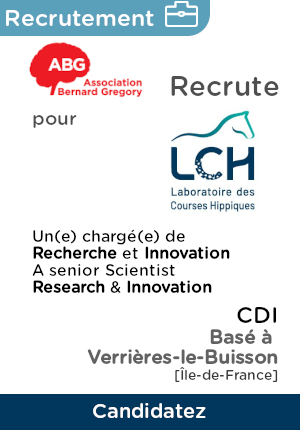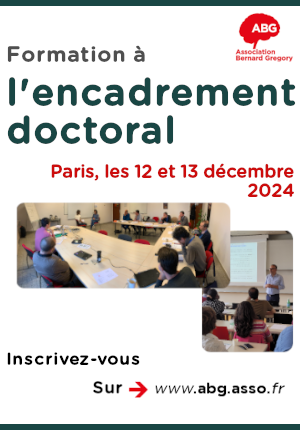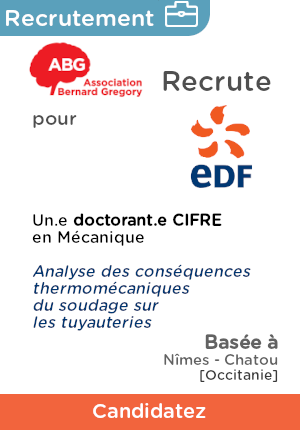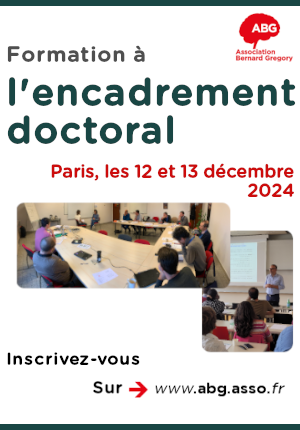Crystal phase effects in doped Si nanowires
| ABG-116967 | Master internship | 4 months | 500 |
| 2024-06-06 |
- Physics
- Materials science
- Digital
Employer organisation
Le laboratoire est une unité mixte de recherche de l’Université Paris-Sud et du CNRS : l’UMR 8502. Elle dépend principalement de l’Institut de Physique du CNRS, et de la section 28 du Conseil National des Universités. Il associe enseignants-chercheurs et chercheurs, expérimentateurs et théoriciens (une centaine de personnes) et accueille de nombreux étudiants et visiteurs (plus de soixante). Le soutien à la recherche est assuré par une soixantaine d’ingénieurs, techniciens et administratifs.
Les activités de recherche du Laboratoire de Physique des Solides couvrent un champ plus large que son intitulé ne pourrait le laisser penser. On s’y intéresse en effet à la matière condensée dans toute sa diversité, même si nous nous plaisons à regrouper nos activités selon trois axes principaux, impliquant un nombre de chercheurs à peu près équivalent :
- Nouveaux états électroniques de la matière
- Phénomènes physiques aux dimensions réduites
- Matière molle et interface physique-biologie
Dans le premier axe sont regroupées des études tant expérimentales que théoriques ayant trait aux propriétés des fermions corrélés (supraconduction, magnétisme, transition métal-isolant, etc.)
Dans le deuxième se retrouvent les activités relevant au sens large des « nanosciences. » Elles sont ici abordées du point de vue des propriétés fondamentales, lorsque les dimensions d’un objet deviennent aussi petites que certaines distances caractéristiques (longueur de cohérence, libre parcours moyen, ...).
Le troisième axe, enfin, étend le concept de « matière molle » à des systèmes biologiques. Les thèmes vont donc des systèmes complexes aux tissus vivants, des cristaux liquides aux mousses, en passant par les polymères ou les systèmes granulaires. Ces études physiques à l’interface touchent à la physico-chimie et à la biologie.
Description
Scientific project:
A paid internship position is available in the STEM group (https://www.stem.lps.u-psud.fr/) and is aimed to investigate theoretically the electronic properties of doped hexagonal-diamond Si nanowires (2H-Si NWs) by applying a combination of ab initio quantum- mechanical theory and computer simulation. The work will benefit from the ultra- high energy resolution experiments that will be conducted in the group. Considerable progresses in the growth of 2H group IV NWs, also known as lonsdaleite NWs, have once again proved the emerging role of crystal phase engineering in the design of novel nanostructures with well tailored properties. Although hexagonal phases of Si are only stable in its bulk form at very high hydrostatic pressure, recent studies conclusively demonstrated that 2H-Si NWs can exist both as pure wires and as extended domains in heterostructures. These novel Si NWs can pave the way to exciting applications as innovative group IV materials for advanced opto-electronic devices. What is particularly fascinating in these nanosystems is that by combining together the different phases of the same material a rich variety of new chemical and physical properties emerge revealing a great potential as materials for photovoltaics and photonics. For example, recently, it has been demonstrated that 2H-NWs, unlike the corresponding cubic bulk system, have a direct electronic band gap at ultra-thin diameters. Furthermore, they absorb more light in the visible region with respect to cubic-diamond ones.
Nevertheless, despite the great interest in this subject, little information exists on the role of dopants in 2H- Si NWs and of the possible difference with cubic Si NWs. The aim of this project is the theoretical characterization, through ab initio methods, of the electronic properties of boron and phosphorus doped 2H-Si NWs and 2H/3C Si homojunctions. Main objective of this internship is to improve the comprehension of the relationship between the effect of a different electrostatic environment induced by a specific crystal phase, the thermodynamic stability of the impurity as well as the impurity energy level. The project counts to theoretically understand the role of crystal phase in the determination of the electronic structure of doped 2H Si NW in order to guide and complement experimental observations.
Methods and techniques:
The study will be carried out within the framework of the Density Functional Theory (DFT) (geometry optimization, band structure and density of states) as implemented in the electronic structure SIESTA code. M.Sc. student will acquire a broad range of skills, in particular in solid state physics (defect formation energy, band structure, electronic structure calculations, DFT) and scientific programming (Python, Bash scripting). Successful candidates must have a background in Physics, Chemistry, Materials Science or related disciplines. We are seeking creative and highly motivated individuals well trained and skilled and available to collaborate in an interdisciplinary team. Programming experience and good knowledge of English are also desirable, but not mandatory.
Profile
Successful candidates must have a background in Physics, Chemistry, Materials Science or related disciplines. We are seeking creative and highly motivated individuals well trained and skilled and available to collaborate in an interdisciplinary team. Programming experience and good knowledge of English are also desirable, but not mandatory.
Starting date
Vous avez déjà un compte ?
Nouvel utilisateur ?
Get ABG’s monthly newsletters including news, job offers, grants & fellowships and a selection of relevant events…
Discover our members
 Tecknowmetrix
Tecknowmetrix  ONERA - The French Aerospace Lab
ONERA - The French Aerospace Lab  PhDOOC
PhDOOC  CASDEN
CASDEN  Ifremer
Ifremer  SUEZ
SUEZ  ADEME
ADEME  Aérocentre, Pôle d'excellence régional
Aérocentre, Pôle d'excellence régional  MabDesign
MabDesign  Groupe AFNOR - Association française de normalisation
Groupe AFNOR - Association française de normalisation  Institut Sup'biotech de Paris
Institut Sup'biotech de Paris  CESI
CESI  TotalEnergies
TotalEnergies  MabDesign
MabDesign  Laboratoire National de Métrologie et d'Essais - LNE
Laboratoire National de Métrologie et d'Essais - LNE  Institut de Radioprotection et de Sureté Nucléaire - IRSN - Siège
Institut de Radioprotection et de Sureté Nucléaire - IRSN - Siège 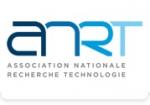 ANRT
ANRT  Nokia Bell Labs France
Nokia Bell Labs France  Généthon
Généthon
-
JobFixed-termRef. ABG125071KTH- Sweden
ERC-funded postdoc position on the detection of gas-phase organic radicals, KTH, Stockholm, Sweden
Chemistry - Physics - Engineering sciencesAny -
JobPermanentRef. ABG124941Corteria Pharmaceuticals- Ile-de-France - France

Jeune Docteur, Chercheur en Biologie Cellulaire & Moléculaire (H/F)
BiologyAny -
JobPermanentRef. ABG123642Laboratoire des Courses Hippiques (GIE LCH)- Ile-de-France - France

Chargé(e) de Recherche et Innovation (H/F) / Senior Scientist Research & Innovation (M/F)
Chemistry - BiochemistryConfirmed

